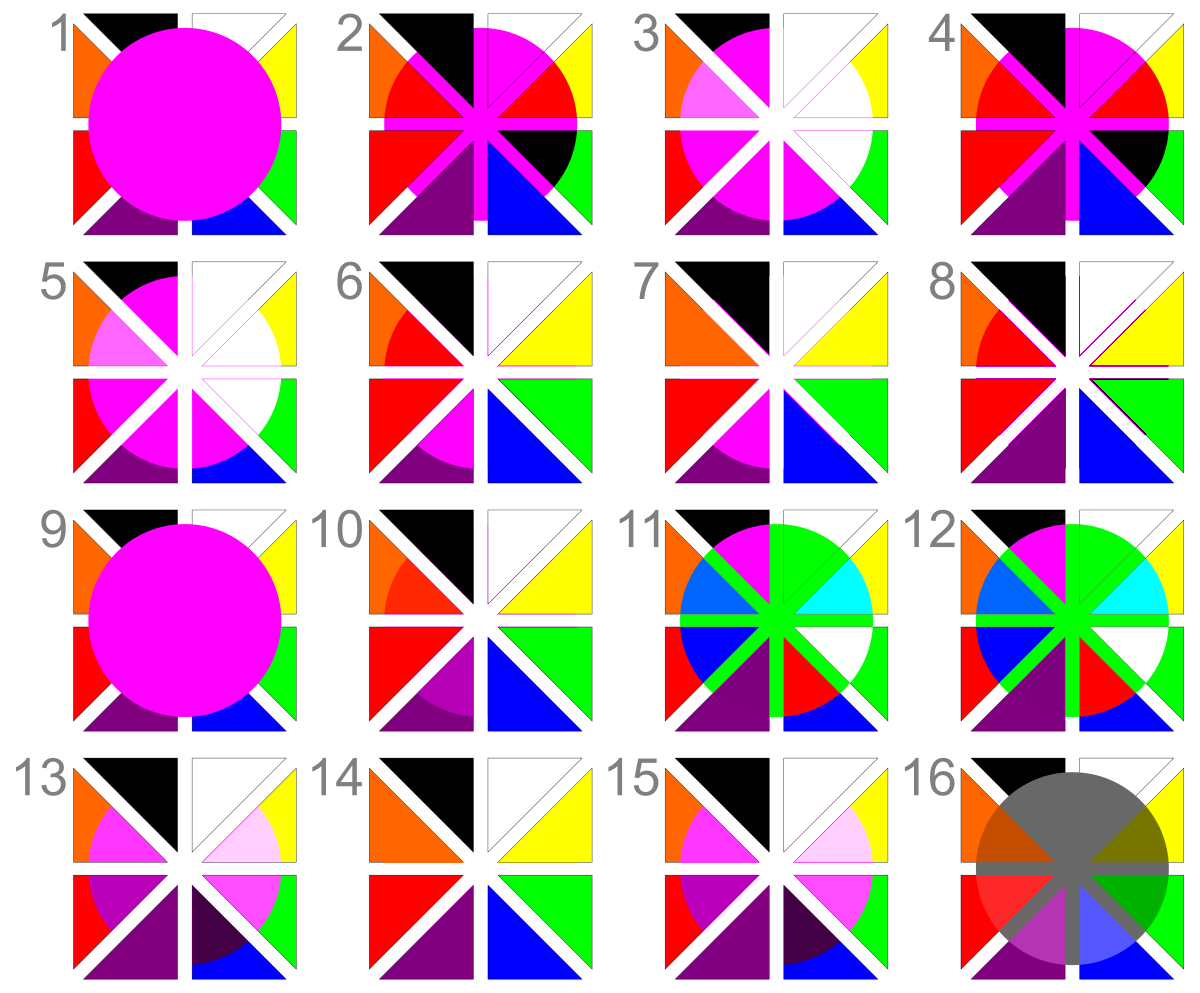Chord Convolver: Augmented Vocality Composing Tools #3
As part of the Augmented Vocality project, we have been developing various tools to support Edmund Hunt’s compositonal workflow. The second of these tools – Chord Convolver – applies mathematical processes to two input-chords, generating a third, child-chord from the originals.
The idea for this tool arose as the findings of our language/processing research assistant, Mohamed El Idrissi, were being drawn together, and work on the musical composition for Bit20 Ensemble was beginning. For the piece, an Old Norse poem known as The Waking of Angantyr was selected. It’s a dramatic text, involving dialogue between several characters.
We started with Partial Playground to allow us to develop a quick intuitive workflow to create chords from the resonances of spoken text. This allowed Edmund to explore his idea of harmonic fields – groups of chords, derived from the resonances of words and phrases, that could provide a distinctive musical identity for each character in the poem. Chord Convolver followed on from this process, coming from a desire to find ways of integrating the harmonic fields. By doing this, the music is able to reflect a sense of interaction between characters, while also enabling the harmonic fields to blur and morph into each other.
SuperCollider was used to realise this tool, as it provided an easy means of inputting and maniplulating lists of MIDI notes, as well as giving audible and text based feedback. The process was inspired by the way that graphical blend modes can have such a drastic effects on the way two images can be combined. These results are acheived by feeding the pixel values of each image into mathematical formulae, hence the blend-mode names: add, subtract, multiply etc.

Image source: Stilfehler, CC BY-SA 4.0 <https://creativecommons.org/licenses/by-sa/4.0>, via Wikimedia Commons
The goal in creating the chord convolver patch was to explore how a similar process might be applied to two musical chords, expressed as lists of midi notes (with decimal points for finer tuning). The result is a patch that takes two such lists and then presents a range of mathematical processes that can be applied to them to create a third chord. Some are very similar to their graphical counterparts (add, subtract, multiply etc.), while others, like ‘ghost’, are more specific to the differences between the two chords. Most of these algorithms will calculate a note from the ‘Nth’ note in each chord, and then transpose the result in octaves to match the register of the input notes. Once an algorithm is selected and played, the SuperCollider patch plays back each of the parent chords, followed by the new output chord. The MIDI notes and note names for both parent and child chords are also listed in SuperCollider’s post window so that they can be easily transcribed for use elsewhere.
While it was created as part of the Augmented Vocality project, we hope this tool can have much more general use as a tool for manipulating chords and pitch-sets. If you would like to try it, the Chord Convolver SuperCollider patch is available to download and try for free here:
https://github.com/JoeWrightMusic/ChordConvolver